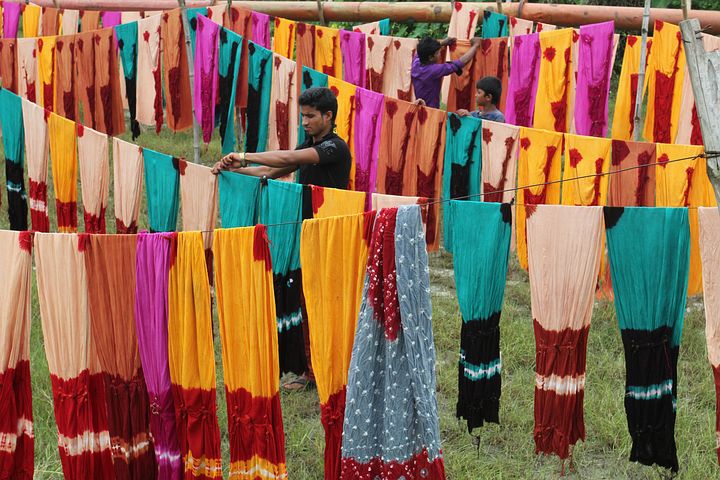
Forced Labor Among Informal Apparel Workers in Bangladesh
Since 2018, GFEMS has invested in several studies to shed light on exploitative labor practices in the informal apparel sector of Bangladesh, including law and policy analysis and a rapid assessment of the impacts of COVID-19 on workers. GFEMS has also created practical resources for use by practitioners and policy-makers to reduce exploitation in this sector. However, to date, there have been few attempts to estimate the prevalence of forced labor in the informal ready-made garment sector. Prevalence estimations are critical. They provide deeper insight on the scale and scope of modern slavery in targeted sectors and geographies, contributing to more effective programming and more sustainable solutions.
GFEMS engaged NORC at the University of Chicago to measure the prevalence of forced labor among informal apparel factory workers in the Narayanganj and Keraniganj garment production hubs in Bangladesh. Research uncovered high rates of exploitation, with over 86% of workers meeting the ILO’s criteria for forced labor.
For additional findings and recommendations on how the government of Bangladesh and civil society can work together to reduce exploitation among workers in Bangladesh’s informal apparel sector, read the full research brief.
